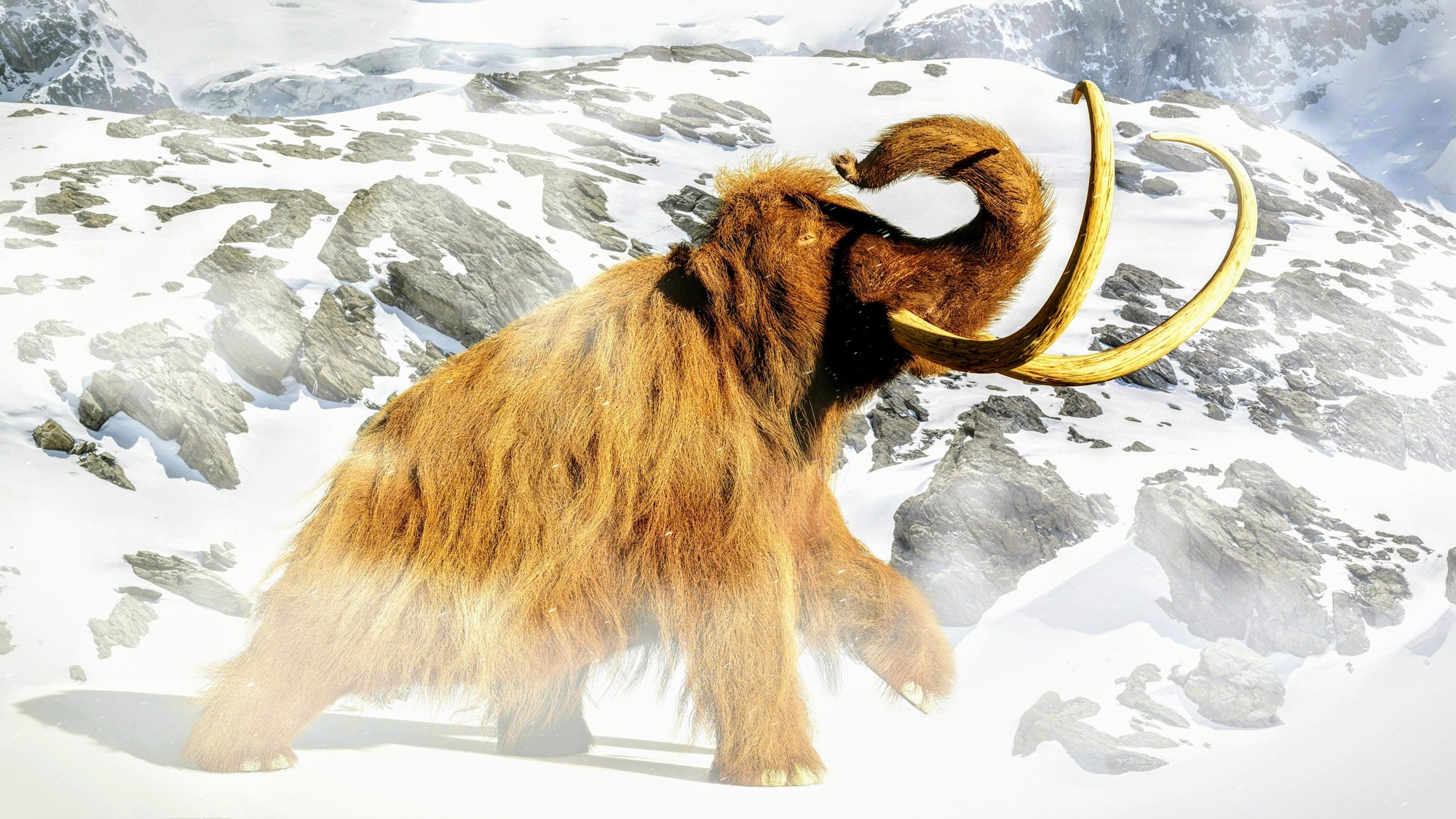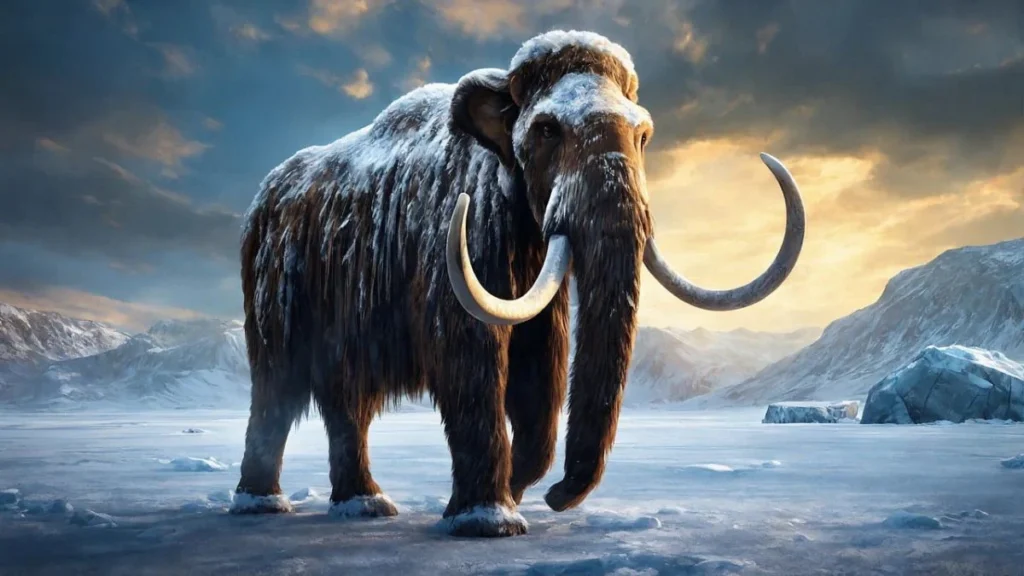Research Unveils Complex Factors Beyond Inbreeding in the Extinction of the Last Woolly Mammoths
Unraveling the Mystery of the Last Woolly Mammoths: New Insights Beyond Inbreeding
Four thousand years ago, the woolly mammoth, a majestic symbol of the Ice Age, vanished from Wrangel Island, located off the coast of modern-day Siberia. For decades, scientists attributed the extinction of this last known population to genetic inbreeding, a consequence of their isolated habitat. However, recent research offers a fresh perspective, suggesting that the decline of the woolly mammoths was influenced by factors beyond mere genetic isolation.
Reevaluating Inbreeding’s Role
The notion that inbreeding was the primary driver of the woolly mammoths’ extinction has been widely accepted. Inbreeding typically results in a higher prevalence of genetic disorders and reduced adaptability. However, a groundbreaking study published in Cell on July 11, 2024, challenges this long-held belief. Led by Dr. Love Dalén, an evolutionary geneticist at the Centre for Palaeogenetics in Stockholm, the research examined the genomes of 21 woolly mammoths from the final 50,000 years of their existence. The findings suggest that inbreeding alone was not the decisive factor in their extinction.
Insights from Genetic Analysis
Dr. Dalén’s team discovered that the mammoth population on Wrangel Island, while indeed inbred, exhibited a significant reduction in harmful genetic mutations over time. This finding indicates that inbreeding may have actually facilitated the elimination of deleterious mutations rather than compounding them. The study revealed that the Wrangel Island herd, initially comprising about eight individuals, eventually expanded to a population size of 200 to 300 members, which was maintained until their extinction. This stable population size challenges the idea that inbreeding led to an unsustainable genetic decline.
Beyond Genetics: Exploring Other Factors
The research prompts a reevaluation of other possible factors contributing to the woolly mammoths’ extinction. Environmental changes, such as shifts in climate or habitat, could have played a critical role. The study highlights the need to consider a combination of factors, including ecological pressures and climate changes, that might have affected the survival of the woolly mammoths. Understanding these aspects is crucial for a comprehensive view of their extinction.
Implications for Conservation
These new insights have broader implications for conservation efforts aimed at protecting endangered species today. The study underscores the importance of considering multiple factors, beyond just genetic health, when assessing the risks faced by isolated populations. Conservation strategies should integrate knowledge of environmental changes, habitat dynamics, and genetic health to ensure the survival of vulnerable species.
Future Research Directions
The study opens new avenues for research into the extinction of other prehistoric species and their ecosystems. By examining a range of factors beyond genetic inbreeding, scientists can develop a more nuanced understanding of extinction events. Further investigations into the environmental and ecological conditions of past eras will provide valuable lessons for modern conservation challenges.
The latest research offers a refreshing perspective on the extinction of the woolly mammoths, emphasizing that genetic inbreeding was not the sole culprit. By expanding our understanding of the factors contributing to their decline, we gain valuable insights that can inform both historical studies and contemporary conservation efforts.



















